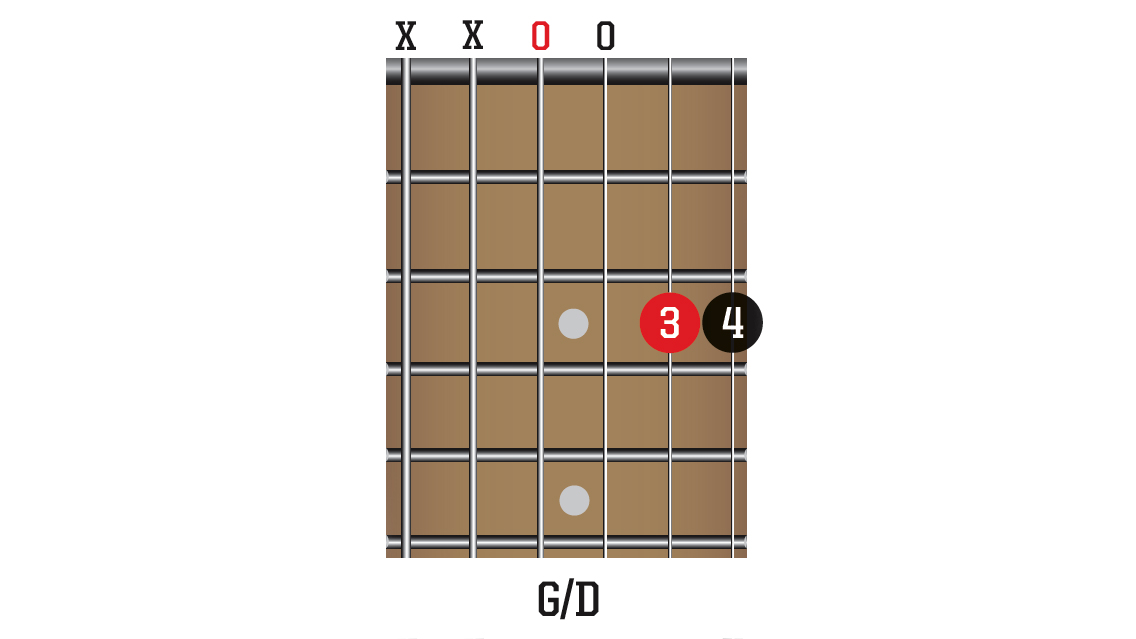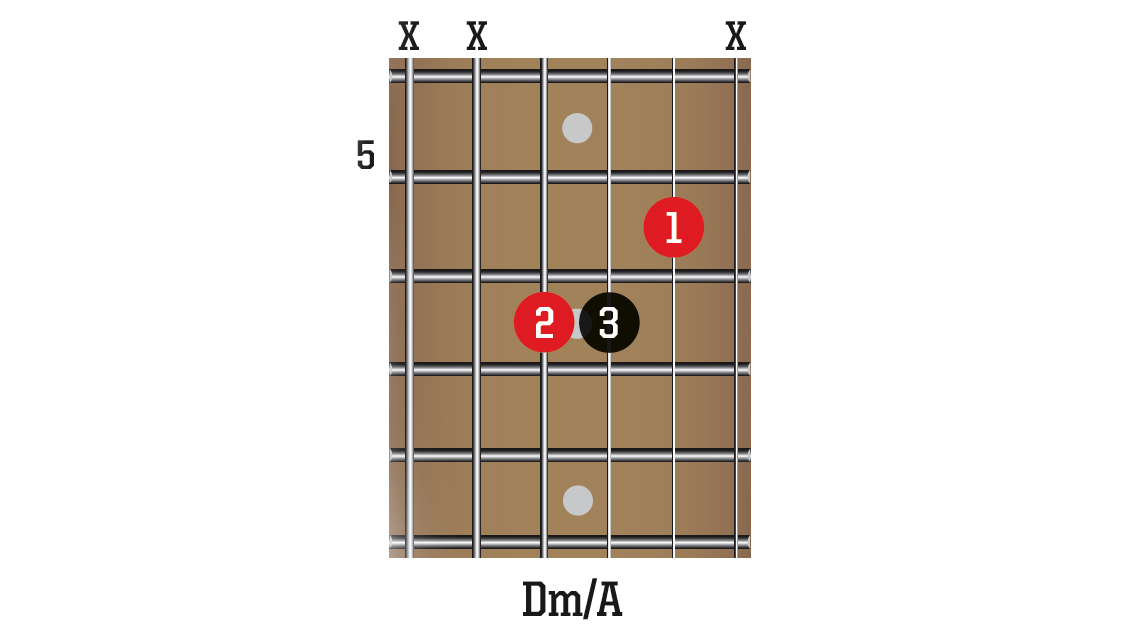10 easy partial guitar chords you can learn to speed up your changes
Less is more with these creative chords

Guitar lessons: Open chords and barre chords are great for acoustic strumming and big ringing sounds, but, for more focussed riff s and quicker changes, try playing only three or four strings from a bigger shape.
Known as ‘partial chords’, these shapes are used extensively throughout rock, funk, jazz and, in fact, most styles of guitar music – from Brian May’s rocking riff in Hammer To Fall to the funky lines in James Brown’s The Boss and, indeed, most of Nile Rodgers’ guitar work with Chic.
Perhaps the most common partial chord is the powerchord (C5, F5, and so on), which is really just the lowest three strings of a barre chord. Choosing the higher strings of open chords such as G and Em7 can make for quicker, easier changes, and ditching the bass strings is great for a gentle, folky sound in a busy mix.
Next, we have some major and minor three-string shapes – again, all fragments of bigger shapes. All 10 shapes are in the same key so try mixing them up and creating some progressions of your own.
C5

F5

G/D

Em7

C

F/C

G/B

Am

Dm/A

Em/G

Unlock hundreds of new chord shapes with this barre chord workout
Want all the hottest music and gear news, reviews, deals, features and more, direct to your inbox? Sign up here.
Total Guitar is Europe's best-selling guitar magazine.
Every month we feature interviews with the biggest names and hottest new acts in guitar land, plus Guest Lessons from the stars.
Finally, our Rocked & Rated section is the place to go for reviews, round-ups and help setting up your guitars and gear.
Subscribe: http://bit.ly/totalguitar
